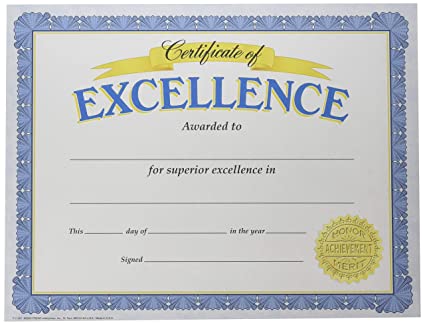What is a certificate?A unique, digitally signed document that authoritatively identifies the identification of a person or organization is known as a certificate or digital certificate. To confirm the legitimacy of the software or website you are using, its validity can be confirmed using public key cryptography. A trusted CA (certificate authority) on the Internet signs a certificate, which is then confirmed using the authority's public key. A real public key of the certificate's holder (the website operator), which is needed to establish encrypted HTTPS communications, is contained in the decrypted certificate. 
When a user loads software or visits a website, whose digital certificate has not been confirmed by a reputable CA, their operating system or web browser can issue a warning. What is a certificate authority (CA)?A certificate authority verifies the authenticity of public key SSL/TLS encryption certificates, as it is an organization or entity. These digital certificates are informational files that are used to cryptographically connect a specific entity to a public key. They enable trust in content that is supplied online by allowing web browsers to authenticate content that is sent from web servers. A dependable and essential trust anchor of the internet's public key architecture, CAs serve as the providers of these certificates (PKI). For both businesses and users, they aid in securing the internet. A CA's primary objective is to confirm the legitimacy and dependability of a website, domain, and organization so that users can decide whether to trust that business with their data and know exactly who they are talking with online. When a CA offers a digital certificate for a website, consumers may be sure they are connecting with a legitimate website and not a false or spoofed one that a hacker has established to steal their personal data or money. How does a digital certificate work?The primary function of a digital certificate is to verify the legitimacy of the entity it is issued to. Additionally, it protects the integrity of documents signed using it and encrypts and secures internet communication, ensuring that third parties cannot change the records while they are in transit. A digital certificate includes details about the organization to which it was granted. This often includes the certificate's name, contact details, affiliation, domain name, public key, certificate issue and expiration dates, and more. The digital certificate often also contains the name of the issuing CA and its digital signature. The digital signature on the digital certificate demonstrates that the certificate was created by a reputable CA and was not altered by any other entity. How many types of digital certificates are there?CAS produces certificates other than SSL/TLS. They can issue additional certs for a variety of purposes, such as the following:
How a certificate authority issues a digital certificate?Websites are verified and protected by SSL/TLS certificates, which also enable secure, encrypted communications. By displaying a padlock icon in the web browser, they let consumers know they are accessing an authentic website. SSL/TLS certificates, which are significant PKI components, need a digital certificate to function. The CA can help in this situation. A company or individual may ask a CA for a digital certificate. It first creates a key pair that includes the following:
Depending on the certificate's intended usage and level of validation, the CSR contains a variety of data. Usually, the server or workstation where the certificate is to be installed performs both of the aforementioned procedures.
Next TopicWhat is a character map
|
 For Videos Join Our Youtube Channel: Join Now
For Videos Join Our Youtube Channel: Join Now
Feedback
- Send your Feedback to [email protected]
Help Others, Please Share










